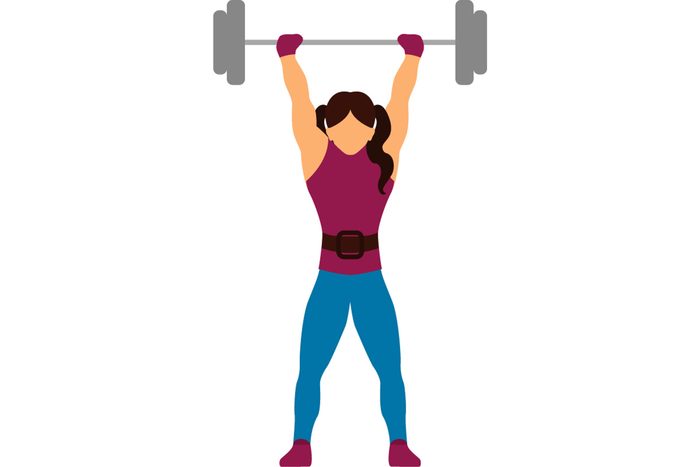
Reduce fatigue in multiple sclerosis
When it comes to signs of MS, a central nervous system disease, about 80 percent of people experience fatigue, bladder control issues, balance difficulties, and limb tingling. To control symptoms, consider picking up weights. Compared to a control group, patients who underwent progressive resistance training for six months experienced favorable brain changes that could deter the progression of the disease, reports a study in the Multiple Sclerosis Journal.
Patients who have MS experience faster-than-normal brain shrinkage, explain researchers in a press release. “Drugs can counter this development, but we saw a tendency that training further minimizes brain shrinkage in patients already receiving medication. In addition, we saw that several smaller brain areas actually started to grow in response to training,” said Ulrik Dalgas, associate professor in the department of public health at Aarhus University in Denmark.
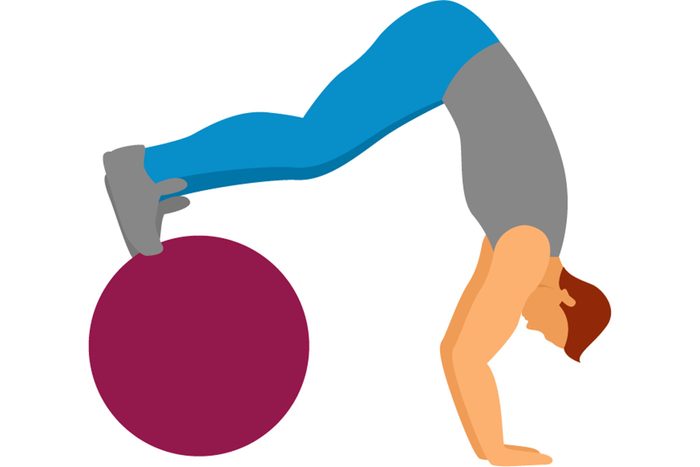
Reduce discomfort in low back pain
There are many reasons for back pain, and it’s really common. In fact, 80% of people will feel the ache sometime in their lives. But rather than resting to get better, you should move. In a small study published in BMJ Open Sport & Exercise Medicine, low back pain sufferers who did three free-weight training sessions per week for 16 weeks experienced 72% and 76% less pain and disability, respectively. They also reported an improved quality of life.
The researchers noted that staying inactive through back pain can lead to fear-avoidance behaviors where you stiffen up in response to activity, thereby exacerbating the problem. Moving more, including lifting (and lifting heavy weights), helps you heal both physically and mentally.
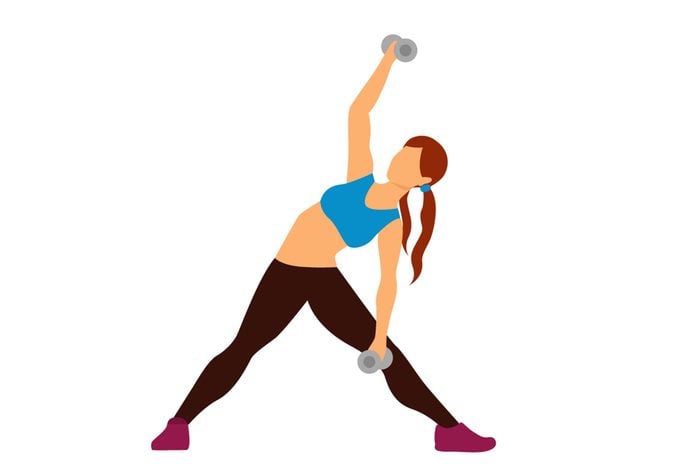
Improve mobility in Parkinson’s
Patients who have Parkinson’s, a neurodegenerative movement disorder, experience a worsening of motor skills, resulting in tremors and impaired movements. They also may experience early, easy-to-miss symptoms such as a reduced sense of smell and trouble with depression. One 2017 Italian review set out to examine 13 trials that analyzed the role strength training can play in the disease. The researchers concluded that it could help improve physical symptoms as well as quality of life, though they note more studies are needed to suss out if strength training is the preferred activity over others. Until that’s known, the weight room can be your friend.
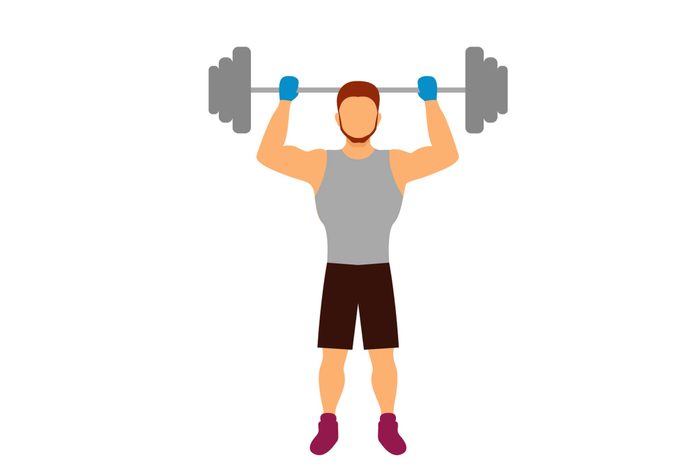
Reduce bone loss in osteopenia
For strong bones throughout life, experts recommend load-bearing exercises from jogging to jumping to create adaptations in bones that builds them stronger. Be sure to get strength training in there, too. Women who were diagnosed with osteopenia (bone loss that can precede osteoporosis) were instructed on an exercise protocol, including resistance exercise using free weights and elastic bands. A 16-year follow-up showed that in order to increase bone mineral density, they had to exercise at least twice per week (about two hours), concluded the study published in the journal Bone. Because getting people to start—and stick to—an exercise routine can be so tough, the researchers note that exercise consistency may be the most important factor in preserving bone mass. (Just avoid the workout mistake that weakens your bones.)
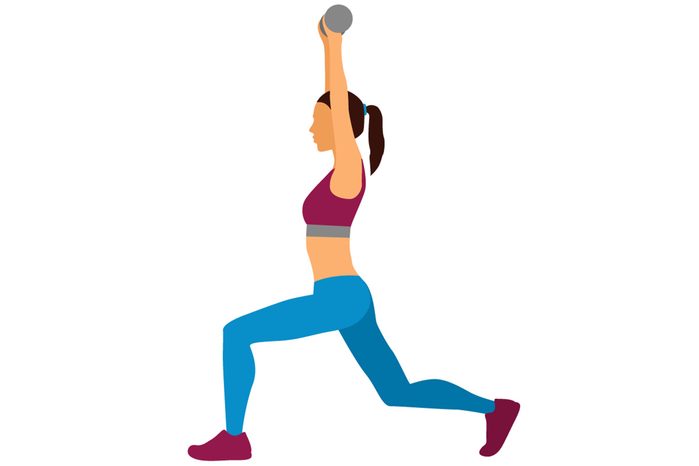
Boost fitness in heart disease
To prevent heart disease, the American Heart Association recommends logging 30 minutes of moderate-intensity activity five days per week. If you’ve been diagnosed with heart disease, it’s still important to break a sweat. One new 2017 research review in the European Journal of Preventive Cardiology looked at 34 studies and concluded that resistance training improved aerobic fitness just as much as aerobic exercise, while improving lower and upper body strength. Other surprising heart-healthy habits include expressing gratitude and getting regular sleep.
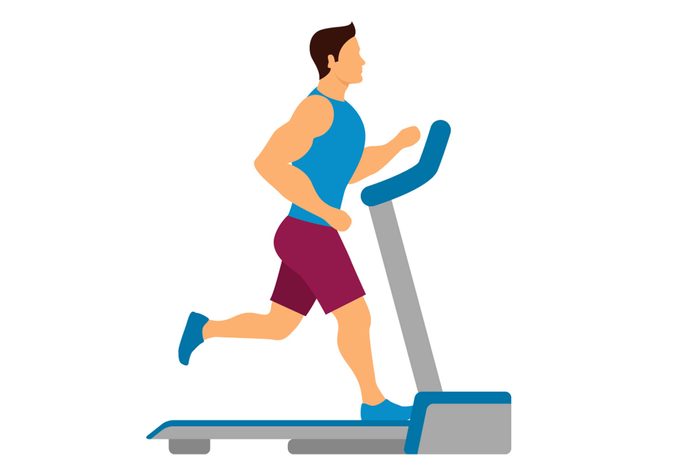
Better breathing in COPD
If you’re dealing with chronic obstructive pulmonary disease (COPD), an incurable condition marked by difficulty breathing, you may think it’s safest to avoid the gym. But it may be just what you need. In fact, loss of muscle strength and weakness is common in patients, something researchers say drags down the quality of life. COPD patients who performed a combo of endurance and strength training (30 minutes of each per session, three times a week) improved muscle strength more so compared to those doing endurance training or receiving medical treatment only, per a 2017 study. More so, they found that exercising like this was safe. Playing this musical instrument can also help improve your COPD.
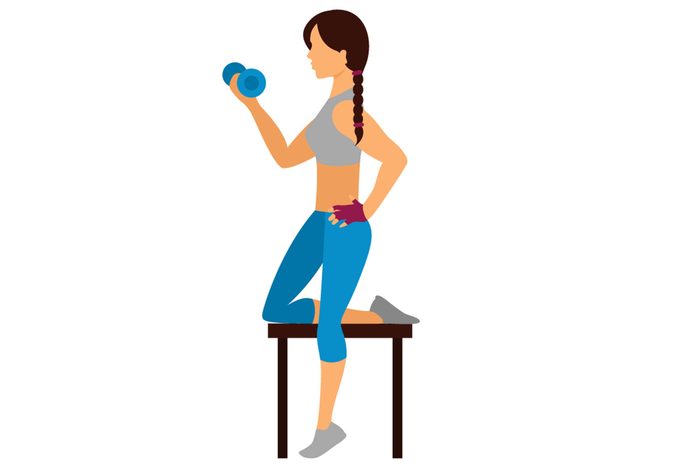
Improve blood sugar management in type 2 diabetes
In prevention and management of type 2 diabetes, exercise is key. After all, it helps your muscles soak up glucose from your blood and use it for energy. While cardio helps your body manage insulin, strength training makes it more sensitive to it, explains the American Diabetes Association. What’s more, it also helps you build muscle, and more muscle mass not only burns more calories, but it can also improve glucose control, points out a study in Nutrition & Metabolism. Your Rx? Both resistance and aerobic exercise will give you the well-rounded routine your body needs. (Be sure to learn more about the benefits of strength training as a diabetic.)

Turn down the volume on anxiety
Exercise is a known stress buster, but it can also have measurable effects if you suffer from anxiety. One study in Frontiers in Psychology found that performing a bout of resistance exercise of one rep max (where you lift the heaviest weight you can for one rep) is the most effective in lowering anxious feelings both after a single session and long-term practice. Though it isn’t quite clear why, strength training can drive down levels of the stress hormone cortisol, telling your stress system to simmer down. You can also try this magic phrases to calm anxiety.
